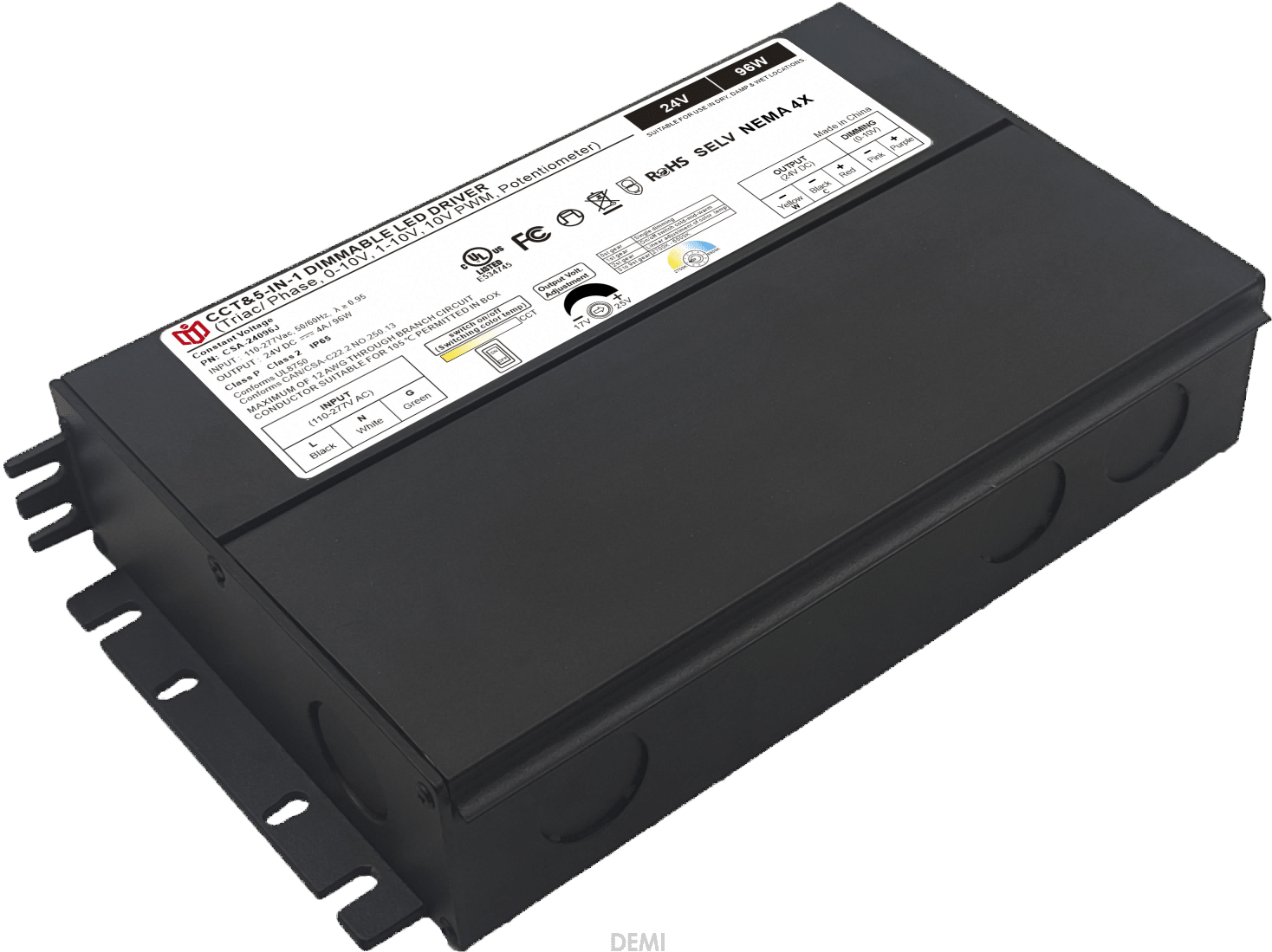The Intelligent Brain of Lighting Systems: Deep Dive into 0-10V Control Logic

Unpacking the Fundamentals of 0-10V Signaling
At its heart lies an elegantly simple yet powerful analog communication method where varying DC voltage levels (from 0 to 10 volts) dictate luminosity parameters across connected devices. Unlike digital protocols burdened by complex encoding schemes, this direct electrical language offers inherent stability – each millivolt shift corresponds to measurable brightness adjustment. Manufacturers standardize response curves around linear or logarithmic scales, allowing predictable behavior whether dimming theater spotlights or office panel lights. Crucially, passive resistors maintain baseline states during power failures, preventing abrupt blackouts that plague some competing technologies.
How Voltage Translates Into Light Output Precision
When technicians apply precisely calibrated potential differences between conductor pairs, driver circuits interpret these as intensity commands. A typical scenario sees 10V triggering maximum output (often rated at 100%), while intermediate values like 5V yield roughly half-brightness settings. Advanced implementations incorporate feedback loops using current sensing coils – continuously monitoring actual consumption against requested levels and self-correcting deviations within microsecond timeframes. Such closed-loop systems achieve sub-percent error margins even when supply voltages fluctuate across global grid standards (90–277VAC range common).
Architectural Advantages Over Alternative Protocols
Compared to PWM switching or DALI bus architectures, 0-10V shines through simplicity: single twisted pair cabling eliminates shielding requirements common in high-frequency designs. Parallel wiring topologies let multiple fixtures share identical control signals without address conflicts plaguing multi-drop networks. Scalability becomes effortless too – adding new zones merely requires branch connectors rather than reprogramming entire networks. Most importantly, legacy compatibility preserves investments; retrofit projects frequently leverage existing infrastructure by swapping ballasts for modern constant-current drivers accepting standardized command profiles.
Real-World Application Spectrum
From museum curators preserving priceless artwork under stable illumination gradients to horticulturalists optimizing grow light spectra via dynamic ramping schedules, the versatility is unmatched. Industrial settings benefit from failsafe modes where emergency backup generators automatically activate low-level safety lighting upon mains loss. Luxury venues employ programmable controllers generating sunset simulations through gradual voltage ramps. Even residential deployments gain value through occupancy sensors modulating corridor pathway guides – all coordinated through unified voltage domains spanning thousands of square feet.
Troubleshooting Common Field Challenges
Misdiagnosed issues often stem from overlooked fundamentals: incorrect termination resistors causing signal bleed between channels, or excessive cable capacitance distorting fast transition edges. Thermal drift affecting op-amp accuracy in non-climate-controlled environments occasionally creates ghost variations absent during factory testing. Seasoned integrators verify integrity using oscilloscope probes to capture true waveform shapes beyond basic multimeter readings. Remember that wire gauge selection matters – longer runs demand thicker conductors to prevent IR drop compromising target voltage delivery at distant nodes.
Future Evolution Pathways
Emerging hybrid approaches merge traditional robustness with IoT intelligence by layering digital telemetry atop analog backbones. Examples include bidirectional variants transmitting diagnostic data alongside primary control signals, enabling predictive maintenance alerts before component failure occurs. Wireless adaptations use Bluetooth mesh gateways translating app inputs into proportional voltage outputs without rewiring historic buildings. Standardization bodies currently debate expanding upper limits beyond 10V to accommodate ultra-high bay warehouse fixtures demanding greater dynamic range while maintaining backward compatibility.
Integration Best Practices for Engineers
Start with load calculations accounting for both steady-state draw and inrush current spikes during turn-on cycles. Isolate sensitive analog paths from noisy switching supplies using ferrite beads or optocouplers. Prioritize star topography over daisy-chaining for critical paths requiring absolute synchronization. Always validate system responses under simulated worst-case scenarios – brownouts, surge conditions, and EMI exposure tests ensure field reliability matching laboratory benchmarks. Document phase angles carefully when interfacing with dimmers sharing AC line frequency references.
Case Study: Stadium Retrofit Success Story
Consider how Barcelona’s Camp Nou stadium upgraded its floodlight array using 0-10V master controllers coordinating thousands of high-power LED pods. By segmenting zones according to viewing angles and crowd density maps, operators achieved 42% energy savings versus static configurations. Adaptive algorithms adjusted intensities based on real-time TV broadcast needs versus live match requirements – all orchestrated through tiered voltage hierarchies preventing visual flicker detectable by broadcast cameras operating at thousands of frames per second. This project demonstrated how properly implemented analog control can outperform flashier digital alternatives in mission-critical environments.
 In heritage architecture prote
In heritage architecture prote
 When small-batch customization
When small-batch customization
 Have the electromagnetic emiss
Have the electromagnetic emiss
 When Triac dimmable power supp
When Triac dimmable power supp
